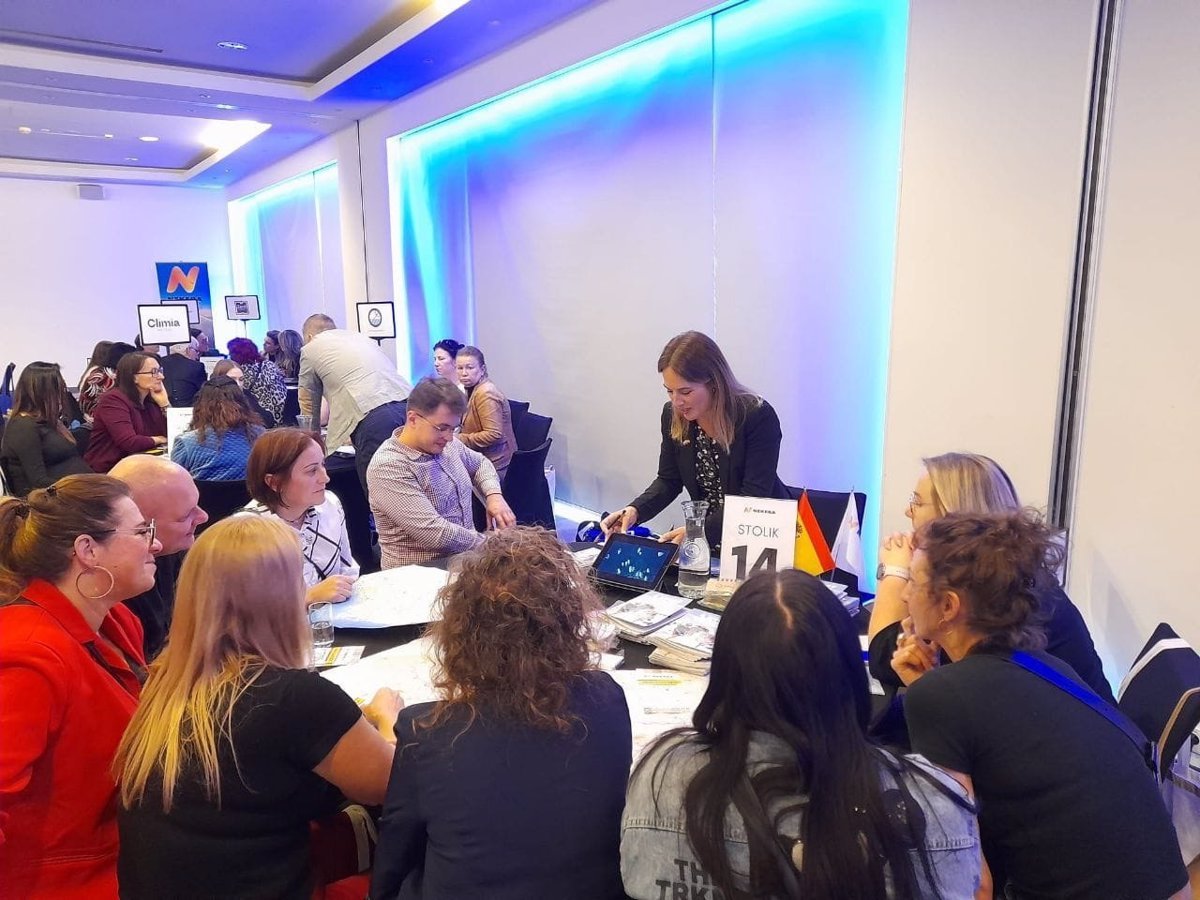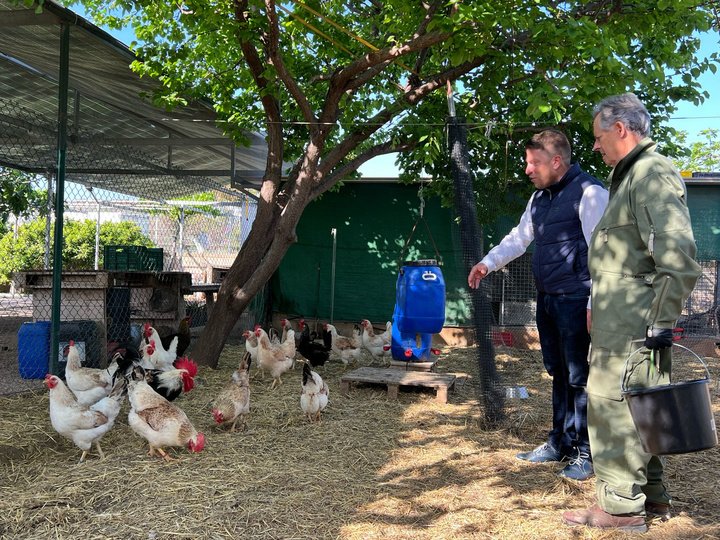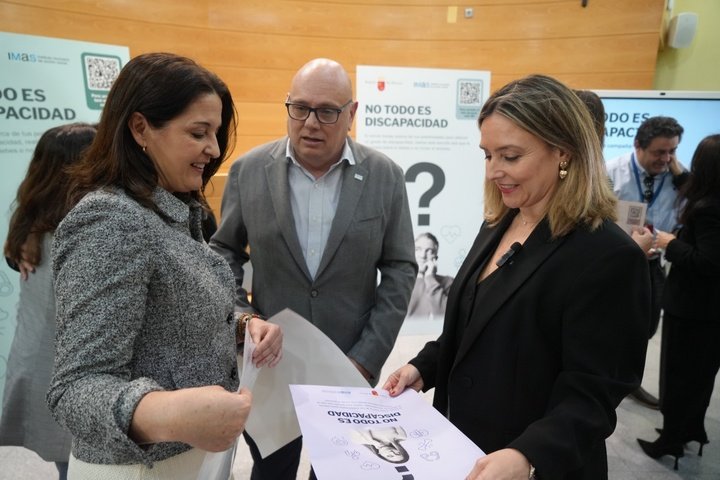25/03/2025
La comunidad extiende las limitaciones del uso de dispositivos digitales en la clase para reducir el tiempo de exposición del estudiante a las pantallas
López Miras presents the new educational digitalization strategy of the «free» region of Murcia to «take a firm step in a responsible, balanced, appropriate, safe, and focused on the well-being and development of our students».
In general, it will be ensured that the use of digital devices does not exceed one hour per day in primary school and two hours in this regard, and «the centers will have autonomy to make adjustments and changes according to their digital project, which will be public, so that families can be informed by the families».
The strategy was presented at the Center for Teachers and Resources in the region of Murcia in Cartagena.
The head of the autonomous executive, Fernando López Miras, announced today that «the community will regulate the use of digital devices in non-university educational centers in the region of Murcia from the 2025-2026 academic year, by order that redefines the digitalization process of our centers, guaranteeing a good, balanced, and efficient use». In this way, the limitation of the use of digital devices will be extended to reduce the student’s exposure time to screens.
It is one of the main measures collected in the digitalization strategy in the «free» region that Murcia presented today López Miras at the Center for Teachers and Resources in the region of Murcia (RCP) in Cartagena. «With the ‘free’ strategy, the region of Murcia takes a firm step in a responsible, balanced, appropriate, safe, and focused on the well-being and integral development of our students. A digital education without addictions, without threats, without risks, and without barriers,» said the president.
In this way, the new strategy includes a framework for the use of digital media adapted to each educational stage. Therefore, in the early education of the child, children will become familiar with digital tools under the supervision of teachers, learning the basic notions of security and the use of technology in a creative and sporadic way.
In primary education, guided searches will encourage critical thinking on the Internet, creating digital content and the initial use of programming and robotics.
Similarly, in secondary, baccalaureate, and vocational training, students will learn to manage their own digital learning environment, participating in collaboration tasks and developing advanced skills in programming and information management.
Along with this, the use of digital devices will not exceed one hour per day in primary education and two hours in compulsory secondary education. As the president explained, this limitation will be indicative and will be adapted to the didactic programming. «The centers will have autonomy to make adjustments and changes according to their digital project, which will be public so that families can be informed,» he said.
All these measures can be made more flexible, which are pedagogically justified as in subjects whose content largely refers to digitalization, technology, robotics, and computer science and attention to students with specific educational support needs. In addition, the new strategy «is not limited to the classroom,» in the words of the president of the community, who explained that «we will promote collaboration between centers and families through workshops and practical guides that help parents manage the use of digital devices at home.»
«Success» in measures already applied












Deja una respuesta